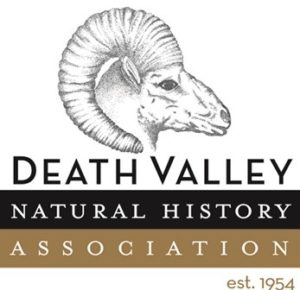DVNP Wildlife Monitoring Program
 Death Valley National Park has placed remote activated cameras at two locations in Death Valley to capture images and information about bighorn sheep usage at these sites. The development of reliable and sophisticated (and for Death Valley, heat tolerant!) cameras has enabled the park’s wildlife program to expand into long-term wildlife monitoring for a relatively low cost.
Death Valley National Park has placed remote activated cameras at two locations in Death Valley to capture images and information about bighorn sheep usage at these sites. The development of reliable and sophisticated (and for Death Valley, heat tolerant!) cameras has enabled the park’s wildlife program to expand into long-term wildlife monitoring for a relatively low cost.
NPS is collecting information about sheep use of one spring area and another site. Death Valley National Park Wildlife Biologist, Linda Manning, tells us that one of the herds the’ve been monitoring appears healthy and at least three lambs were born this year. So far, they’ve found that the sheep use a site for several months at a stretch, then disappear from camera for extended periods of time. We’d really like to know where they go!
A side benefit of the cameras is documentation of other species in the area. While the smaller animals can be hard to identify to species, others (especially raptors) are much easier. Biologists have observed peregrine falcons and a red-tail hawk bathing in the spring.
NPS would ideally, like to expand their camera network to more locations. They are also currently exploring ways in which they can utilize volunteers to comb through the thousands of images that have been collected by remote access.
